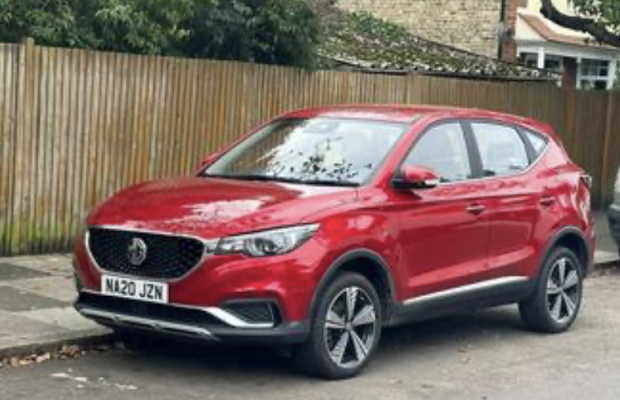MikeInWimbledon
Hardcore MB Enthusiast
- Joined
- Nov 8, 2014
- Messages
- 13,570
- Car
- (Ex S211 E500, W212 E500, C216, S212 E500, W211 E500 5.5, W221 S500, S211 E500, SL500, S500, E55)
You're only doing 500 miles in FranceI am planning on driving at Motorway speeds throughout and trust the SatNav to guide me to the charging stops as needed.
Having filled up your EV - for free - at the Shuttle at Folkestone, 180 miles will get you to a very pleasant overnight stay near Epernay. A natural point to break.
Only on the following day will you will need a lunchtime break.


